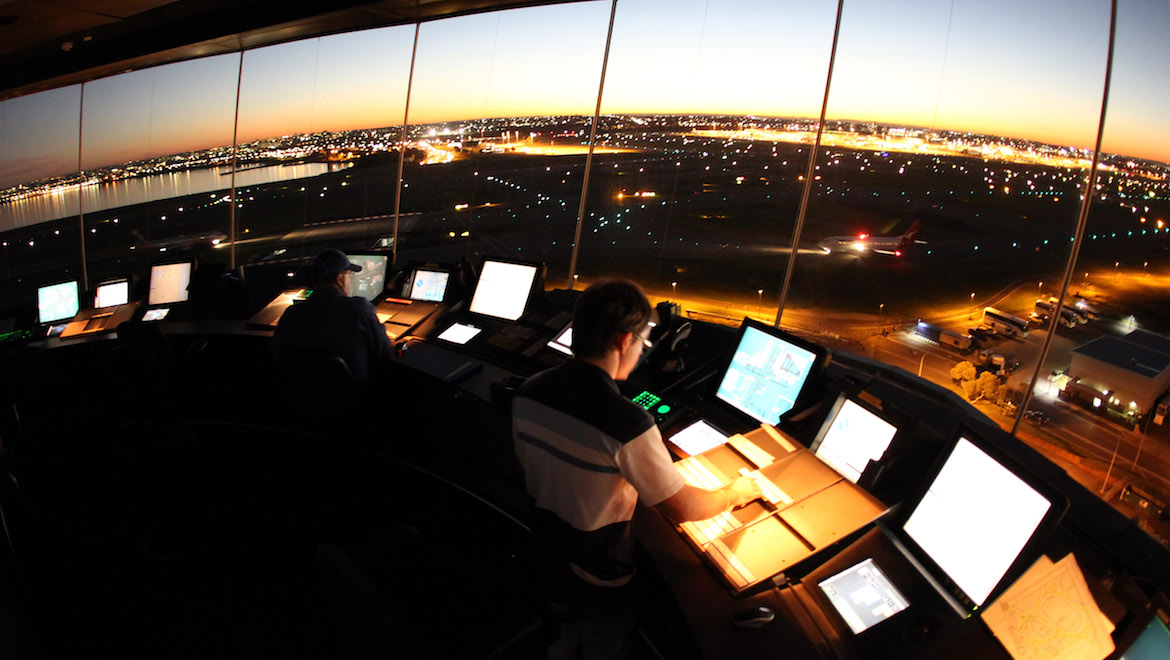
Airservices is considering transferring up to half of Sydney’s air traffic controllers to Melbourne in a move to cut costs.
The organisation has said a final decision on moving the 65 roles won’t be made until June, and would then take two years to implement.
If enacted, the changes would mean the vast majority of Sydney’s airspace would be handled by a control centre in Melbourne, though Airservices insisted the new model is safe.
The revelation came after The Sydney Morning Herald obtained an internal briefing document outlining the plans.
It said the building where the roles are currently based is “nearing the end of its life” and there is no guarantee the lease would be extended when it finishes in 2034. It also argued that “deeper pools” of professionals were available in Melbourne.
It is not uncommon for air traffic controllers to operate remotely, and the proposed plan would not affect those who guide the aircraft within about seven kilometres of the tarmac.
Union Civil Air said, “We have been through this on previous occasions and it has not stood up to scrutiny for various financial, operational and technical issues.”
Airservices insisted that the proposal – in its “initial stages” – would not result in “required job losses”.
“The management of terminal area airspace from major air traffic service centres is safe and a model used around the world,” said Airservices. “The only thing that will change is the location of this service
“It is also important that Airservices strives to keep air traffic control costs as low as possible to assist the aviation industry’s recovery from COVID-19.”
Last year, Australian Aviation reported that a fresh investigation into Airservices by a former sex discrimination commissioner found that 37 per cent of female employees experienced sexual harassment and 50 per cent of all employees experienced bullying.
Elizabeth Broderick’s report was commissioned by the business itself, and in response, chief executive Jason Harfield promised to implement its recommendations in full.
The report identified that 20 per cent of respondents had “direct experience” of sexual harassment, rising to 37 per cent of women and 15 per cent of men.
It also concluded that “urgent action” is required to address the “very low levels of reporting” of the issue, adding, “It is clear there are work environments where people do not feel safe to speak up or to call out non-inclusive behaviour.”















